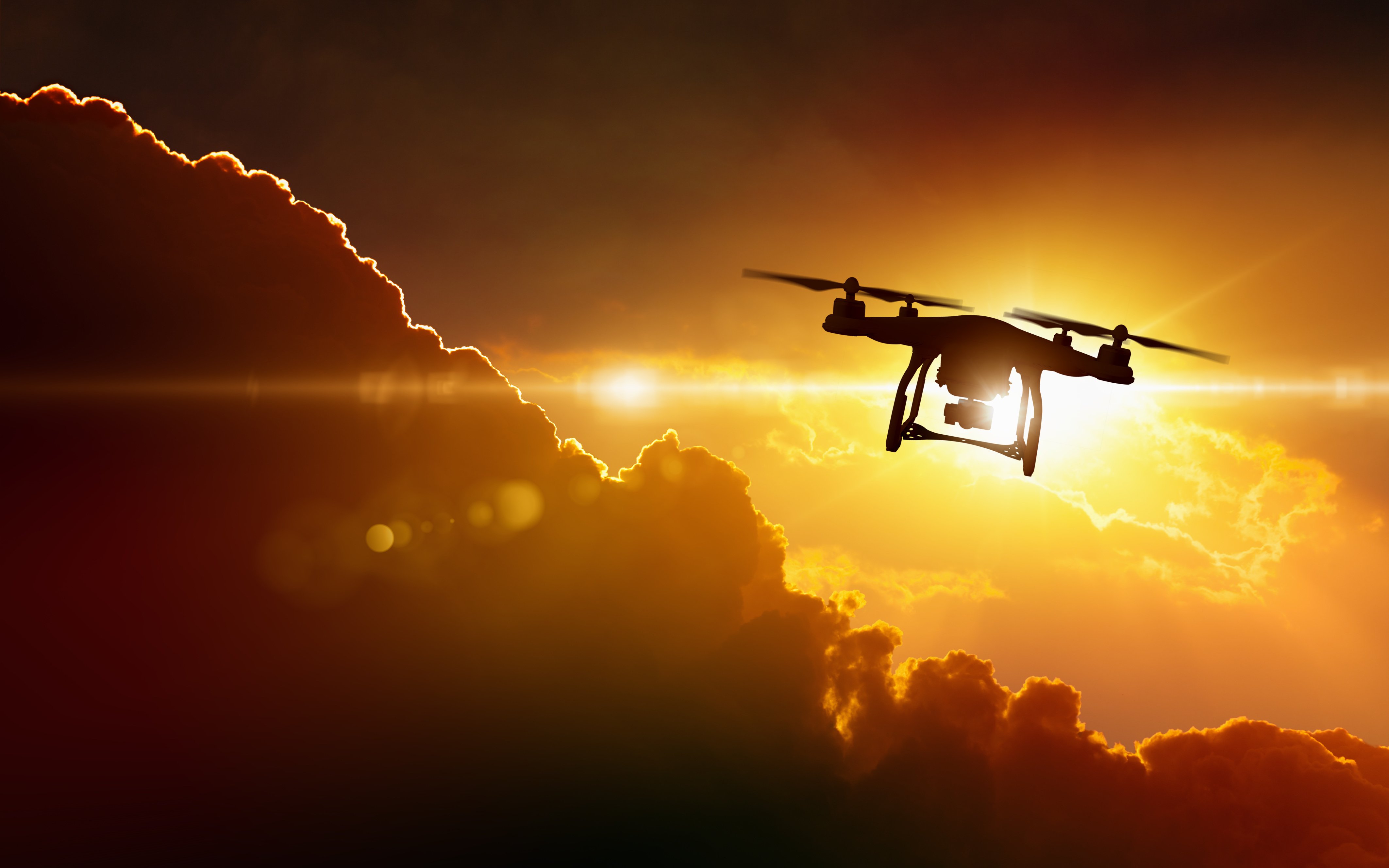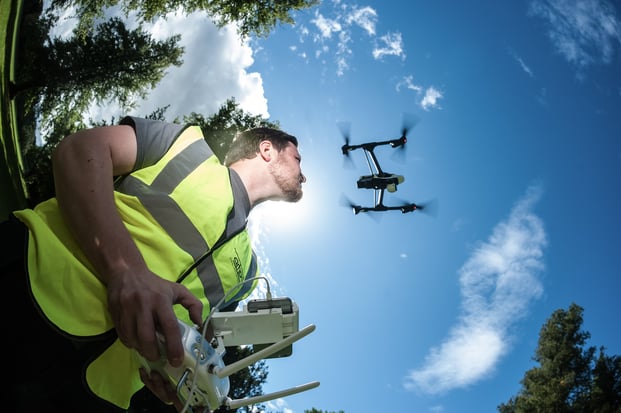In this article, we will look at the drone laws in the UK that are specific to aircraft under 7 kg for those without a Permission for Commercial Operation (PfCO).
These drones under 7 kg include aircraft such as The DJI Spark, Mavic, Phantom and Inspire range.
Want to see if you are flying your drone legally without a PfCO? Carry on reading!
Always keep your drone in sight
The Air Navigation Order article 94 requires that the person in charge of a drone must maintain direct unaided visual contact with the aircraft which is sufficient to monitor its flight path so that collisions may be avoided.
(3) The person in charge of a small unmanned aircraft must maintain direct, unaided visual contact with the aircraft sufficient to monitor its flight path in relation to other aircraft, persons, vehicles, vessels and structures for the purpose of avoiding collisions.
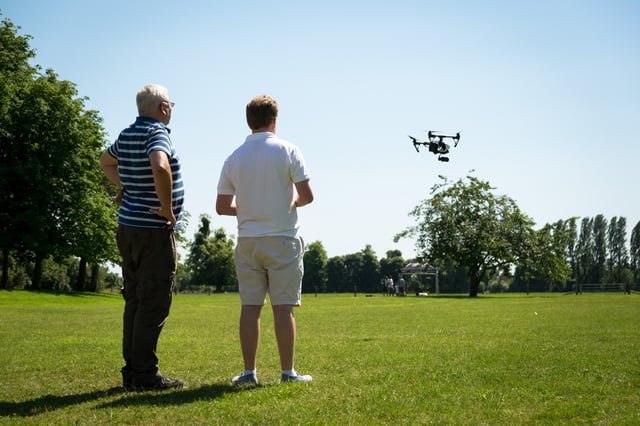
Keeping a constant visual line of sight is not possible if you are wearing video goggles or otherwise constantly monitoring a display, therefore, FPV flight is only permitted if the CAA has approved the activity.
A General Exemption has been issued which allows an element of ‘First Person View’ (FPV) flight to be conducted.
Stay below 400 ft (120 m)
When operating your drone, you need keep your aircraft
This is taken from Article 94 - small unmanned aircraft whereby it states that the person in charge of a small unmanned aircraft must not fly the aircraft:
(c) at a height of more than 400 feet above the surface unless it is flying in airspace described in sub-paragraph (a) or (b) and in accordance with the requirements for that airspace.
Keep 150 m away from crowds and built up areas
This is taken from Article 95 - small unmanned surveillance aircraft Section 2 where it states that you can not fly:
(a) over or within 150 metres of any congested area;
(b) over or within 150 metres of an organised open-air assembly of more than 1,000 persons;
Keep 50 metres away from people, property, structures & vessels
Always keep 50 metres away from people, property, structures and vessels not under your control.
This is taken from Article 95 - small unmanned surveillance aircraft Section 2 where it states that you can not fly:
(c) within 50 metres of any vessel, vehicle or structure which is not under the control of the person in charge of the aircraft;
You are responsible for each flight
All the legal responsibilities lie with you. Failure to comply with the regulations could lead to criminal prosecution!
You need a Permission for Commercial Operation if you are making money from your services
So if you are making money from flying your drone, getting payment in kind, or the use of operating a drone improves your services (such as farming), then you will need a PfCO.
We've made a whole article on why you may need a drone license. Click the link below.
Why do you Need a Drone License?
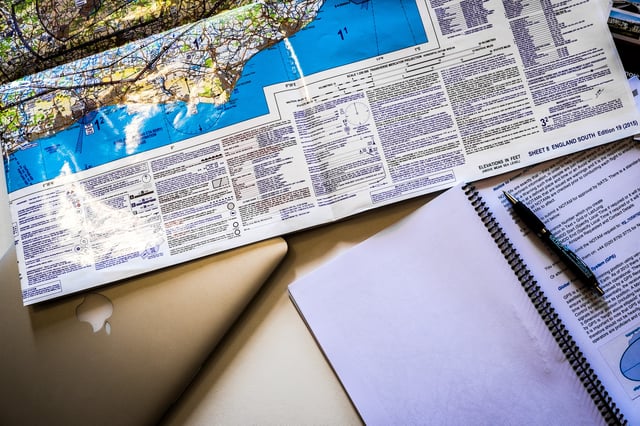
To summarise
- Always keep your drone in sight
- Stay below 400 ft
- Keep 150 metres away from congested and built up areas
- Keep 50 metres away from people, property, structures & vessels
- You are responsible for each flight
- You may need a PfCO if you are operating Commercially
This is only the summary of the very top rules & regulation of SUAS operations. There is much more to learn and do so so you may benefit from doing a drone course.
Drones aren't toys (although sometimes they appear to be marketing as!) so don't be fooled that you can do what you want with them. Keep yourself and everyone around you safe.
Follow the laws; they're there for a reason.
If you would like to find out more, don't hesitate to contact Fly ICARUS and speak to a member of the team!
